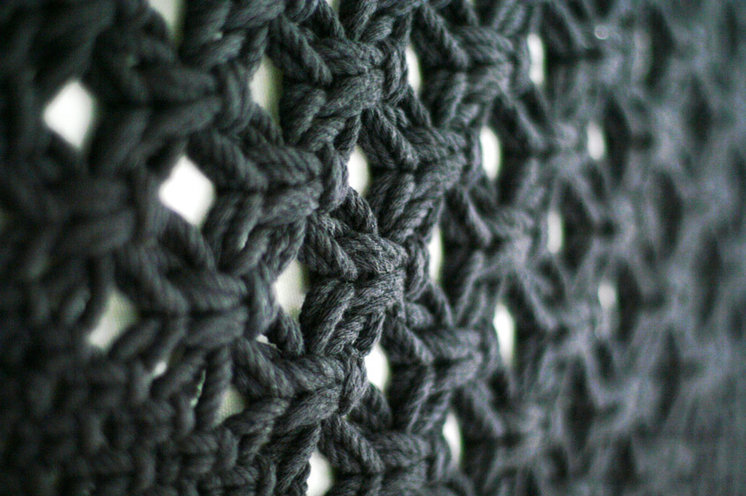6 Decades-Old Designs That Look Better Than Ever
Then: The beanbag chair was designed in 1968 by Paolini, Teodoro and Gatti for Italian furniture company Zanotta and was known as the Sacco. It was originally made in leather with Styrofoam bead filling. Zanotta still produces this chair.
Beanbags were embraced by the youthful counterculture of the ’70s. The simple conical shape and sack-like slump conformed with the body. They were mass-produced in vinyl with polystyrene filling and were cheap, portable, easy to clean and relatively indestructible.
Now: A tailored beanbag recliner is a far cry from the baglike ‘70s model. While the basic design has passed the test of time — it’s still portable, flexible and hard-wearing — a raised back gives more support and creates a fairly sophisticated piece of furniture.
Then: Beaded curtains were usually made of threaded glass, plastic, bamboo or acrylic beads, and were an affordable semiprivate barrier. They were popular in beach shacks and surf hangouts, where they let sea breezes waft through. The click and rustle of a beaded curtain found favor among hippies and devotees of feng shui.
Now: The concept of a flexible, semiprivate barrier is tailor-made for modern, open-plan interiors. Today’s beaded curtains use ball chain construction in a variety of metals — stainless steel, brass, zinc, copper and powder-coated — to coordinate with decors. Metallic bead curtains look fantastic in loft-type conversions that favor hard, edgy industrial materials.
Then: My first home was Seagrass City. Carpet was out of the question, so I bought a large roll of seagrass squares and covered the floor in an afternoon. Debris could be literally swept under the carpet. We used to visit each others’ homes to admire their seagrass patterns and compare bargains.
Now: What we loved then still applies. Seagrass rugs are tough, suitable for high-traffic areas, stain resistant and cost effective compared with carpet. What has changed is our heightened awareness of the benefits of sustainable crop production and natural biodegradable fibers as an environmentally kind way to go. Aesthetically, seagrass and other natural fibers like hemp, sisal and jute have subtle color variations and homespun textures that enhance today’s rooms. New weaving techniques have also produced modern patterns, like Dandelion, as shown above.
Then: Orange was a ’60s child. The orange of that period was not a subtle hue. As we began to move toward more neutral and elegant palettes, orange languished unloved.
Now: We’re not afraid of bold colors anymore. Subdued palettes like gray and cream come alive with a touch of orange. Orange has resurfaced as coral, persimmon, rust, marigold, apricot, russet and pumpkin.
Then: Knotting wool, rope, leather, string and other fibers is a centuries-old skill. Macramé has Arabic origins, and it passed to France, Italy and China around the 14th century. It enjoyed a huge swell of popularity in Victorian England, but the craft fell into disuse until rediscovered in the ’60s.
Now: Macramé has moved on from plant hangers to sophisticated new uses that infuse fun and quirkiness — even elegance — into modern interiors: lampshades, chair covers, bedspreads, throws, cushions and screens. It taps into the current craze for vintage everything and an increasingly popular craft movement. What’s more, it’s an easy-to-learn and therapeutic pastime requiring no equipment except two hands.
Marcel Wanders Knotted Chair: Cult Design
Then: Chinese paper lights came in inexpensive flat packs and were nearly always white. They were great for renters as they could be easily removed and taken to your next flat.
Now: As the aesthetics of Scandinavian modern design gain traction, these simple lighting solutions fit like a hand in a glove in calm, uncluttered rooms. We also like them for their eco-friendly materials and reasonable price.
See more ways to decorate with paper lanterns

















